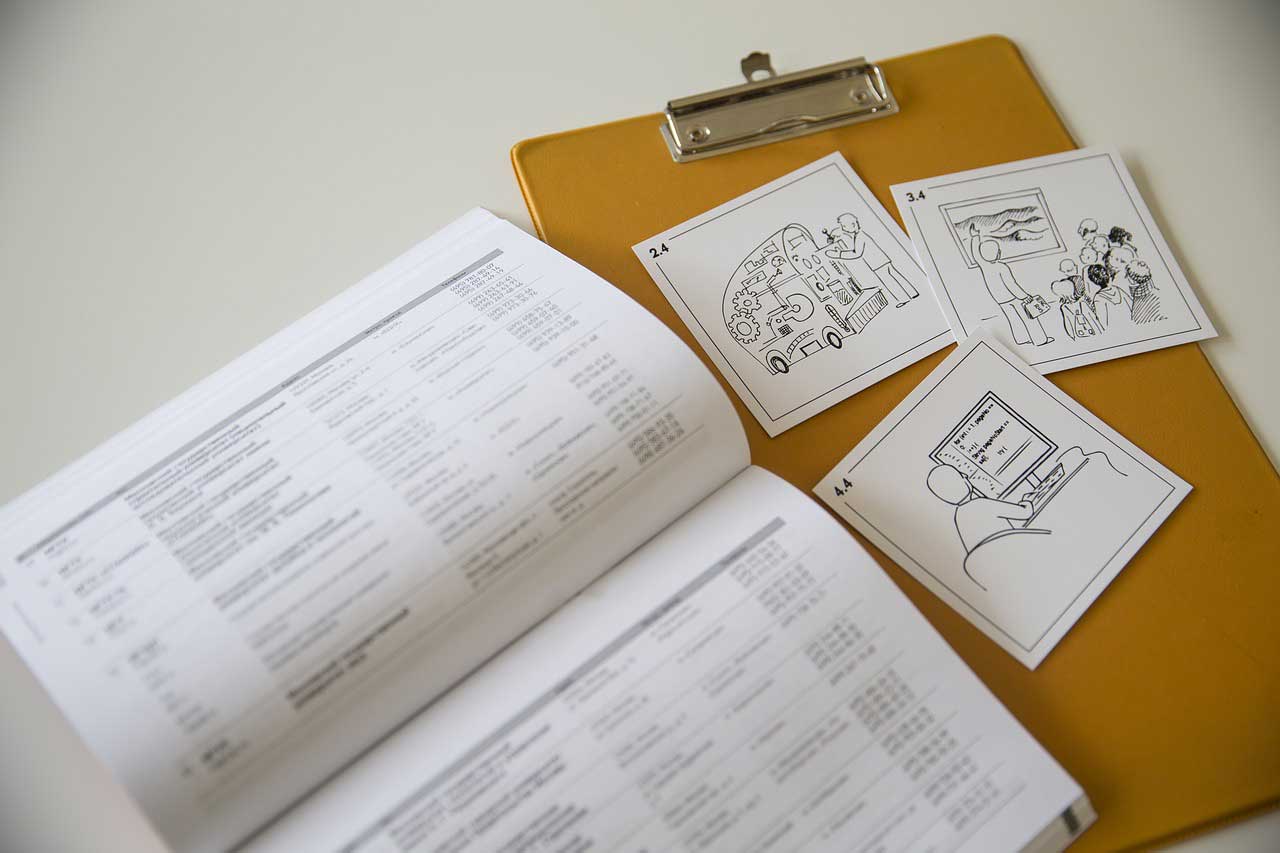CERTIFIED PROFESSIONAL BILLER (CPB)
COURSE INFORMATION AND FEATURES
The Certified Professional Biller (CPB) certificate prepares medical billers with skills to maintain all aspects of the revenue cycle.
Certified Professional Billers know how to submit claims compliant with government regulations and private payer policies. They follow-up on claim status, resolve claim denials, file appeals, post payments, adjustments, and manage collections. The CPB medical billing certificate is vital to the financial success of the professional healthcare services claims process.
Certified Professional Billers have:
An understanding of various types of insurance plans
Expertise in applying payer policy, Local Coverage Determinations (LCDs), and National Coverage.
Determinations (NCDs) for successful claim submissions
Knowledge of CPT®, ICD-10-CM, and HCPCS Level II coding guidelines
Successful navigation of healthcare industry rules and regulations, including HIPAA, False Claims Act, Fair Debt Collections Act, and Stark Law.
Understanding the medical billing claim and improving the revenue cycle.

The exam
CURRICULUM
- Types of Insurance
- Billing Regulations
- HIPAA & Compliance
- Reimbursement & Collections
- Billing
- Coding
- Case Analysis
ELIGIBILITY FOR CERTIFICATION
An associate’s degree.
Two or more years of working experience is recommended and preferred by healthcare centers
JOB PROSPECTS
AUTHORIZING BILLING PROCEDURES
Obtaining referrals and pre-authorizations required for systems. Checking eligibility and benefits verification for treatments and hospitalizations.
MAINTAINING ACCURACY
Reviewing bills for accuracy and completeness, and obtaining missing information. Preparing, reviewing, and transmitting claims using billing software, including electronic and paper claim processing.
KEEPING BILLING SOFTWARE UPDATED
- Following up unpaid claims in standard billing cycle timeframe.
- Checking each insurance payment for accuracy and compliance.
- Updating billing software with changes.
- Updating cash spreadsheets, and running collection reports.
FOLLOWING UP CLAIMS
- Following up unpaid claims in standard billing cycle timeframe.
- Checking each insurance payment for accuracy and compliance.
